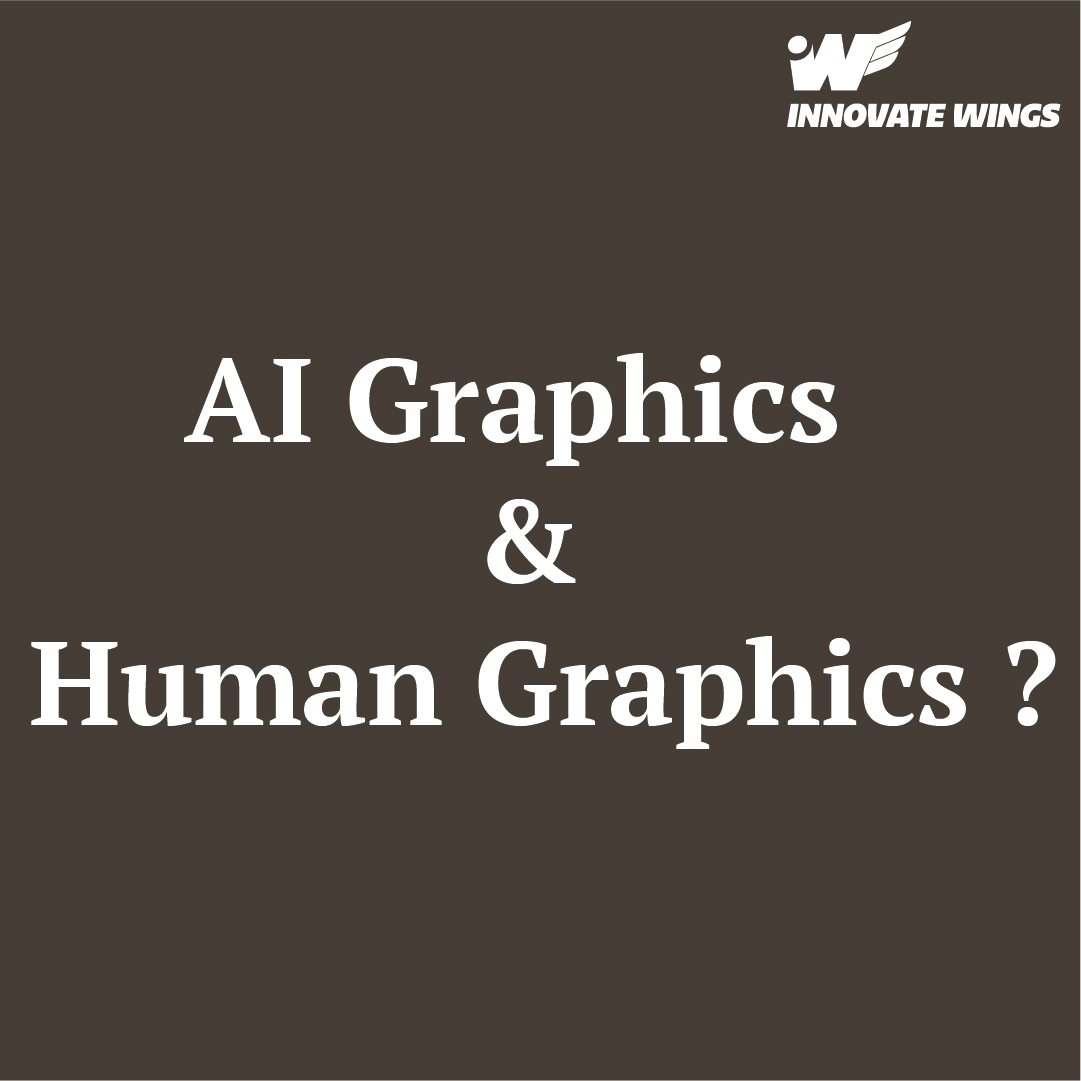In the realm of graphic design, the emergence of artificial intelligence (AI) has sparked a fascinating conversation about the role of automation in creative processes. While AI-generated graphics offer efficiency and consistency, human-created graphics bring a unique blend of creativity and emotion to the table. In this blog, we'll delve into the distinctions between AI-created and human-created graphics, examining their strengths, limitations, and impact on the design landscape.
AI-Created Graphics: AI-powered design tools utilize machine learning algorithms to generate graphics automatically based on predefined parameters and patterns. These tools analyze vast datasets of existing designs to identify trends, styles, and preferences, enabling them to produce visually appealing graphics quickly and efficiently.
Strengths
- Speed and Efficiency: AI-generated graphics can be created in a fraction of the time it takes for human designers to produce similar outputs, making them ideal for time-sensitive projects and high-volume tasks.
- Consistency: AI algorithms maintain a consistent style and aesthetic across multiple designs, ensuring uniformity and brand coherence in marketing materials, presentations, and digital assets.
- Data-Driven Insights: AI tools can analyze user engagement metrics and feedback to iteratively improve design outcomes, leveraging data-driven insights to optimize visual elements for maximum impact.
Limitations
- Lack of Creativity: While AI algorithms excel at replicating existing design styles and patterns, they often lack the creative intuition and emotional depth that human designers bring to the creative process.
- Limited Originality: AI-generated graphics may lack the originality and innovation that human designers inject into their work, leading to generic or cookie-cutter designs that fail to stand out in a crowded marketplace.
- Inflexibility: AI tools operate within predefined parameters and constraints, limiting their ability to adapt to unique design challenges or client preferences that fall outside the scope of their algorithms.
Human-Created Graphics
Human designers leverage their creativity, intuition, and artistic expertise to craft visually stunning and emotionally resonant graphics that connect with audiences on a deeper level. From conceptualization to execution, human-created graphics reflect the designer's unique perspective, style, and storytelling ability.
Strengths
- Creativity and Originality: Human designers bring a level of creativity and originality to their work that is difficult to replicate with AI algorithms, allowing them to produce truly one-of-a-kind designs that capture attention and evoke emotion.
- Emotional Connection: Human-created graphics have the power to evoke emotion, tell compelling stories, and foster meaningful connections with audiences, driving engagement, loyalty, and brand affinity.
- Adaptability and Flexibility: Human designers can adapt to evolving design trends, client preferences, and project requirements, offering tailored solutions and personalized experiences that meet the unique needs of each client or campaign.
Limitations
- Time and Resource Intensiveness: Human-created graphics require significant time, effort, and resources to conceptualize, design, and refine, making them less suitable for rapid or large-scale production compared to AI-generated graphics.
- Subjectivity and Bias: Human designers may introduce subjective biases or personal preferences into their work, leading to variations in style, quality, and interpretation that may not align with the client's vision or brand guidelines.
- Skill and Expertise Requirements: Human graphic design relies on the skill, expertise, and training of the designer, requiring continuous learning and professional development to stay abreast of industry trends, tools, and techniques.
Conclusion
In summary, both AI-created graphics and human-created graphics offer distinct advantages and drawbacks in the realm of graphic design. While AI tools excel in speed, efficiency, and consistency, human designers bring creativity, originality, and emotional resonance to the table. Ultimately, the ideal approach to graphic design often involves a hybrid model that combines the strengths of AI automation with the ingenuity and craftsmanship of human creativity, resulting in visually stunning, impactful designs that captivate audiences and drive results.

